How many calories are in a handful of cashews? How to eat cashews to get enough calories

Mục lục
Cashews are nuts that contain many nutrients with high nutritional value, are very good for health, and are a source of abundant energy for the body. And surely many of you still ask the question "How many calories do cashews contain? How should you eat cashews to provide enough calories for the body?" Let's find out in the following article!
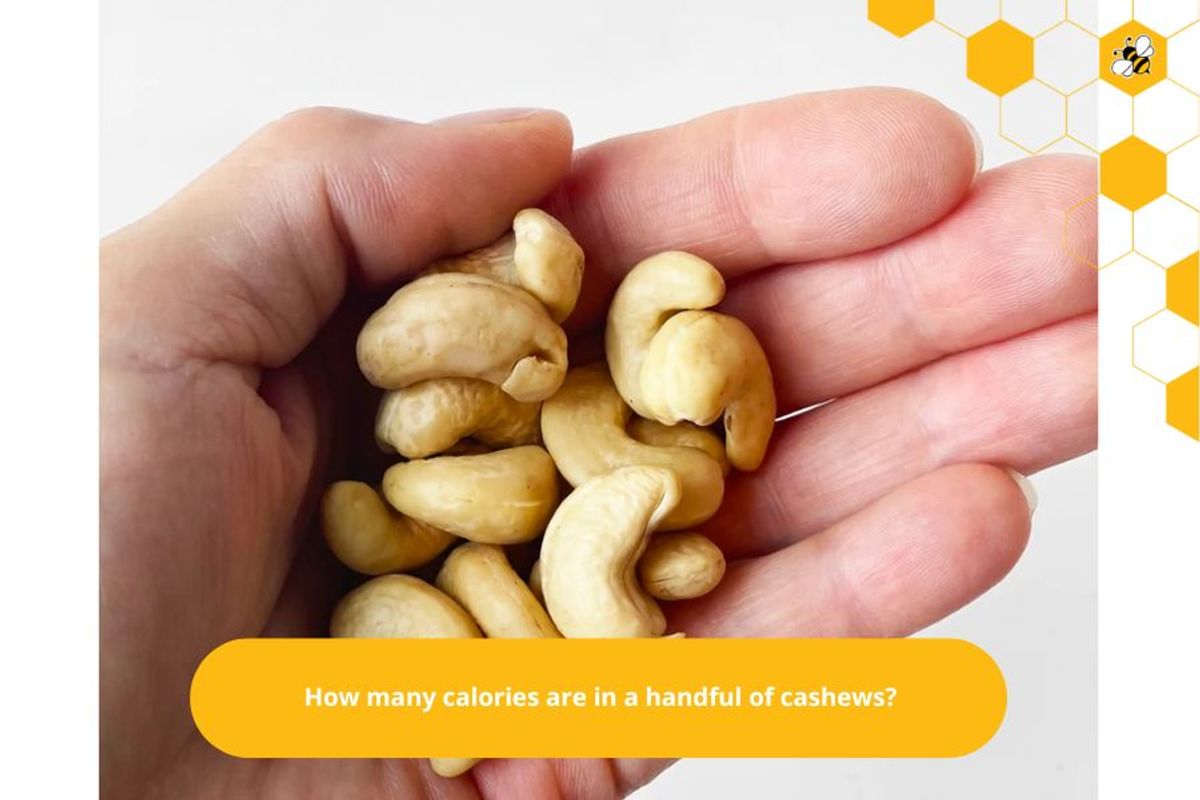
How many calories are in a handful of cashews?
A handful of cashews (about 28 grams) contains about 157 calories. Cashews are a good source of energy and provide a lot of healthy unsaturated fats.
A cashew nut contains about 10 - 12 calories. Since each cashew nut is very small (about 1.8g - 2g), the calorie count usually falls in this range. If you eat 10 cashews, equivalent to 18g - 20g of cashews, you will provide about 100 - 120 calories. Cashews are not only delicious but also provide essential energy for the body and are part of a healthy diet.
A cashew nut contains about 10 - 12 calories. Since each cashew nut is very small (about 1.8g - 2g), the calorie count usually falls in this range. If you eat 10 cashews, equivalent to 18g - 20g of cashews, you will provide about 100 - 120 calories. Cashews are not only delicious but also provide essential energy for the body and are part of a healthy diet.
However, remember to eat cashews in a balanced way so as not to exceed your daily calorie intake!
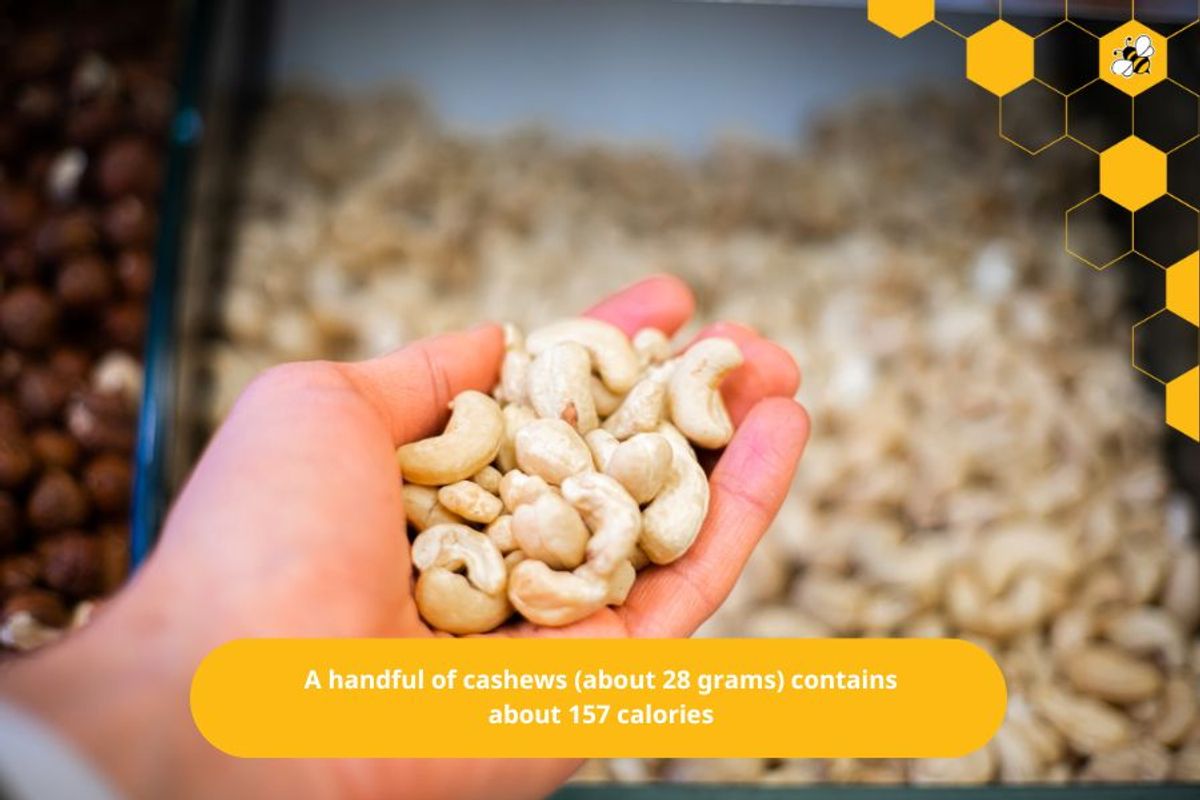
What are calories?
Calories (also known as calories) are a unit of energy. The human body takes in food and converts it into calories (energy) to maintain life and perform all activities. When the body burns more calories than it takes in, the body will start to use calories from other reserves such as fat or muscle, resulting in weight loss.
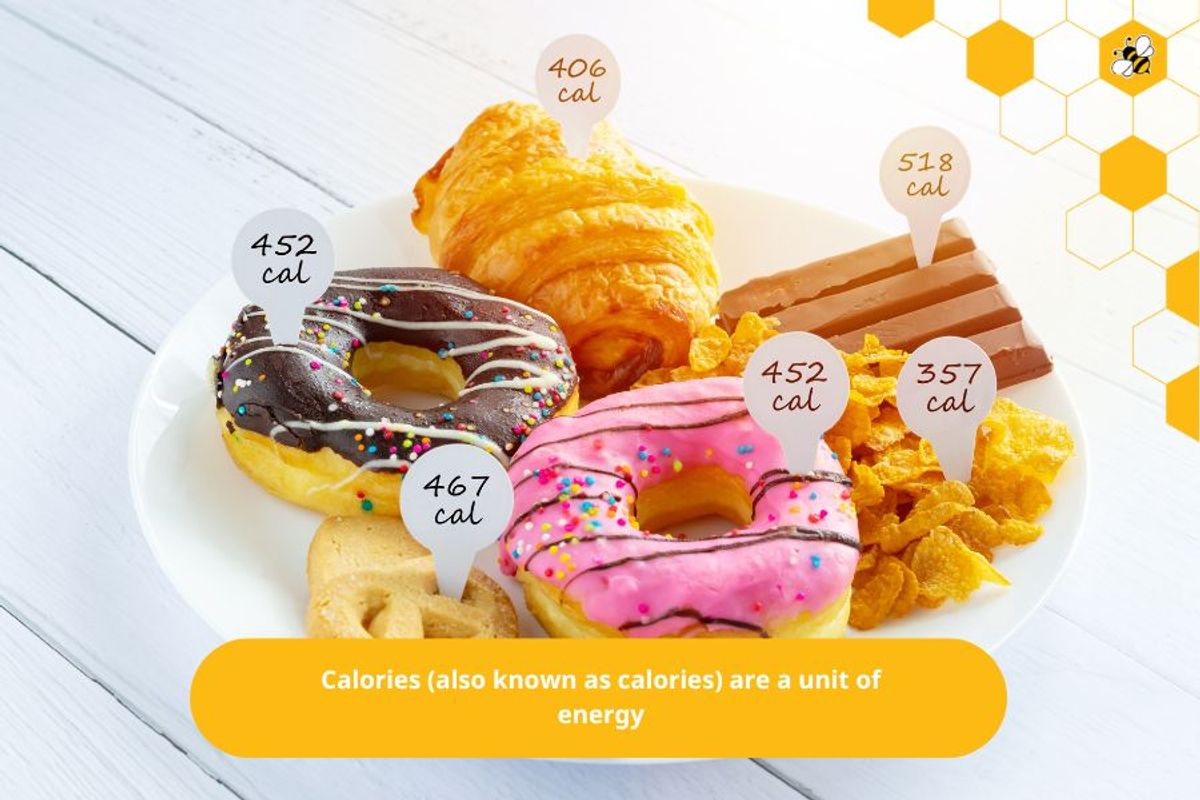
Calories are the energy in food that helps your body perform all activities, from sleeping to running.
Calories in food can come from main ingredients such as carbs, fat, and protein.
The body can use calories to fuel activities or store them as body fat for later use.
To understand better, let's look at related concepts:
Calories: A unit of measurement for energy. You use the calories in food and drink to perform essential body functions such as breathing, walking, moving, talking, eating, thinking, and many other activities.
Kcal (Kilocalories): The amount of heat needed to raise the temperature of 1 kg of water by 1 degree Celsius. Kcal is often used to measure the energy in food. One kilocalorie is equivalent to 1000 calories.
Calories in food can come from main ingredients such as carbs, fat, and protein.
The body can use calories to fuel activities or store them as body fat for later use.
To understand better, let's look at related concepts:
Calories: A unit of measurement for energy. You use the calories in food and drink to perform essential body functions such as breathing, walking, moving, talking, eating, thinking, and many other activities.
Kcal (Kilocalories): The amount of heat needed to raise the temperature of 1 kg of water by 1 degree Celsius. Kcal is often used to measure the energy in food. One kilocalorie is equivalent to 1000 calories.

So, when you eat, you need to pay attention to the amount of calories you take in to maintain your health and weight. If you take in less than you burn, you will lose weight; conversely, if you take in more than you burn, you will gain weight.
How to calculate food calories?
The main sources of calories in food are carbohydrates, fats, and proteins.
A gram of protein contains 4 calories, and a gram of carbohydrates also contains 4 calories.
Fat is a more concentrated source of energy: Each gram of fat will contain up to 9 calories of energy.
Calories in each type of food
High-calorie foods: Oils, butter, fried foods, and sugary sweets are foods with high-calorie content.
Remember that calories are essential for life, and they fuel all your activities, from simple restlessness to participating in sports activities. Maintain a balanced diet to provide enough energy for your body!
A gram of protein contains 4 calories, and a gram of carbohydrates also contains 4 calories.
Fat is a more concentrated source of energy: Each gram of fat will contain up to 9 calories of energy.
Calories in each type of food
High-calorie foods: Oils, butter, fried foods, and sugary sweets are foods with high-calorie content.
Remember that calories are essential for life, and they fuel all your activities, from simple restlessness to participating in sports activities. Maintain a balanced diet to provide enough energy for your body!
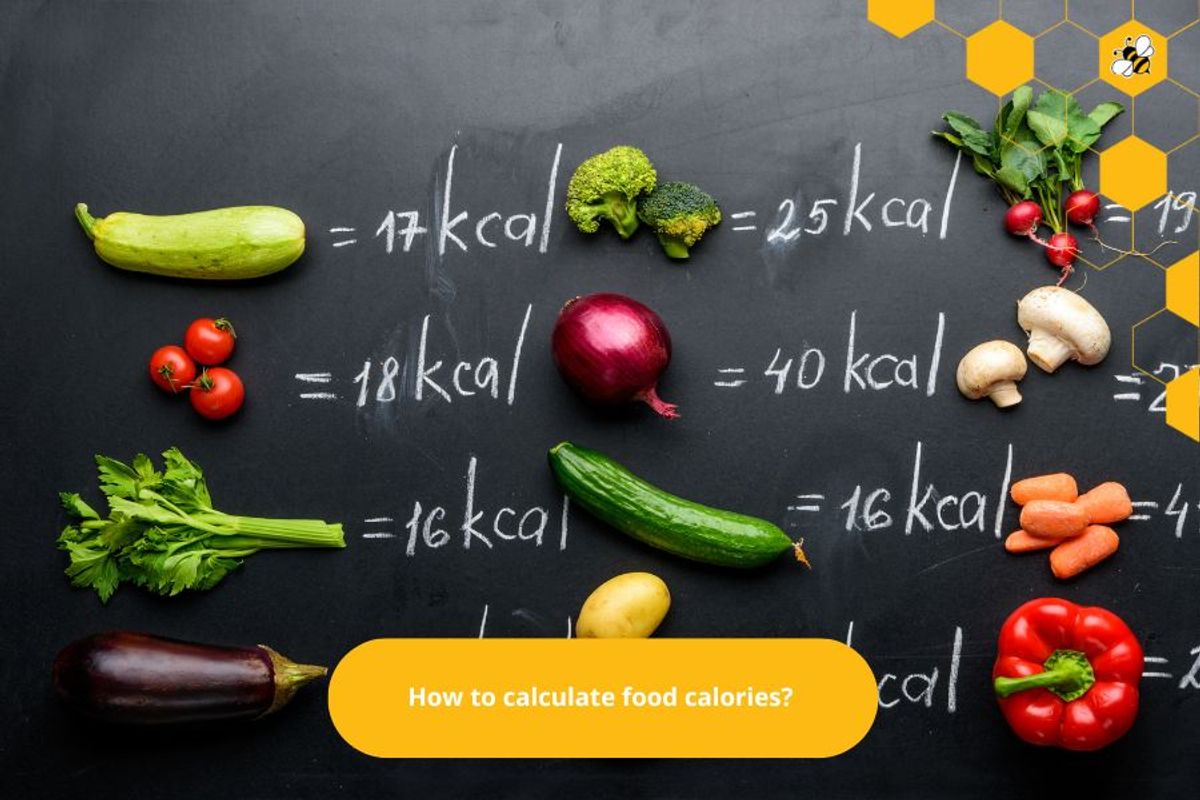
Effects of Calories on the Body
Calories, also known as calories, are a unit of measurement of energy in food. Here are some effects of calories on the body:
Provide energy: Calories are the main source of energy to maintain the body's daily activities. They provide energy for food digestion, breathing, movement, and other basic functions.
Maintain weight: The number of calories you consume each day affects your weight. If you consume more calories than you burn, you will gain weight. Conversely, if you consume fewer calories, you will lose weight.
Basic body functions: Calories provide energy for basic functions such as maintaining body temperature, and functioning of the heart, brain, liver, and other organs.
Health effects: Maintaining a balanced calorie intake helps prevent heart disease, diabetes, obesity, and other health problems.
Provide energy: Calories are the main source of energy to maintain the body's daily activities. They provide energy for food digestion, breathing, movement, and other basic functions.
Maintain weight: The number of calories you consume each day affects your weight. If you consume more calories than you burn, you will gain weight. Conversely, if you consume fewer calories, you will lose weight.
Basic body functions: Calories provide energy for basic functions such as maintaining body temperature, and functioning of the heart, brain, liver, and other organs.
Health effects: Maintaining a balanced calorie intake helps prevent heart disease, diabetes, obesity, and other health problems.

Note: However, it's not just the calories but also the way you choose your food that matters. Choose nutrient-rich and balanced foods to ensure the best health!
How to eat cashews with your meals to add the right amount of calories
Cashews are a great source of energy and contain many important nutrients. To add the right amount of calories and make good use of cashews, you can refer to the following ways:
Cashews as part of a balanced meal: Instead of eating cashews alone, combine them with other foods to form a balanced meal. For example, you can add cashews to salads, muesli, or yogurt to add flavor and energy.
Eat cashews as a snack between main meals: Cashews can be a great choice for a snack between meals. A handful of cashews (about 28 grams) contains about 155 calories. Divide the cashews into small portions and eat them slowly to provide energy throughout the day.
Combine cashews with other foods: Cashews can combine well with other fruits such as bananas, apples, or grapes. You can make roasted cashews with garlic and chili to add flavor and deliciousness.
Pay attention to your intake: Although cashews provide a lot of calories, you should control your intake to avoid unwanted weight gain. You should consume a maximum of about 120 grams of cashews per day. Combine cashews with fiber-rich foods: To maintain your weight and health, combine cashews with fiber-rich foods such as whole grains and green vegetables.
Cashews as part of a balanced meal: Instead of eating cashews alone, combine them with other foods to form a balanced meal. For example, you can add cashews to salads, muesli, or yogurt to add flavor and energy.
Eat cashews as a snack between main meals: Cashews can be a great choice for a snack between meals. A handful of cashews (about 28 grams) contains about 155 calories. Divide the cashews into small portions and eat them slowly to provide energy throughout the day.
Combine cashews with other foods: Cashews can combine well with other fruits such as bananas, apples, or grapes. You can make roasted cashews with garlic and chili to add flavor and deliciousness.
Pay attention to your intake: Although cashews provide a lot of calories, you should control your intake to avoid unwanted weight gain. You should consume a maximum of about 120 grams of cashews per day. Combine cashews with fiber-rich foods: To maintain your weight and health, combine cashews with fiber-rich foods such as whole grains and green vegetables.
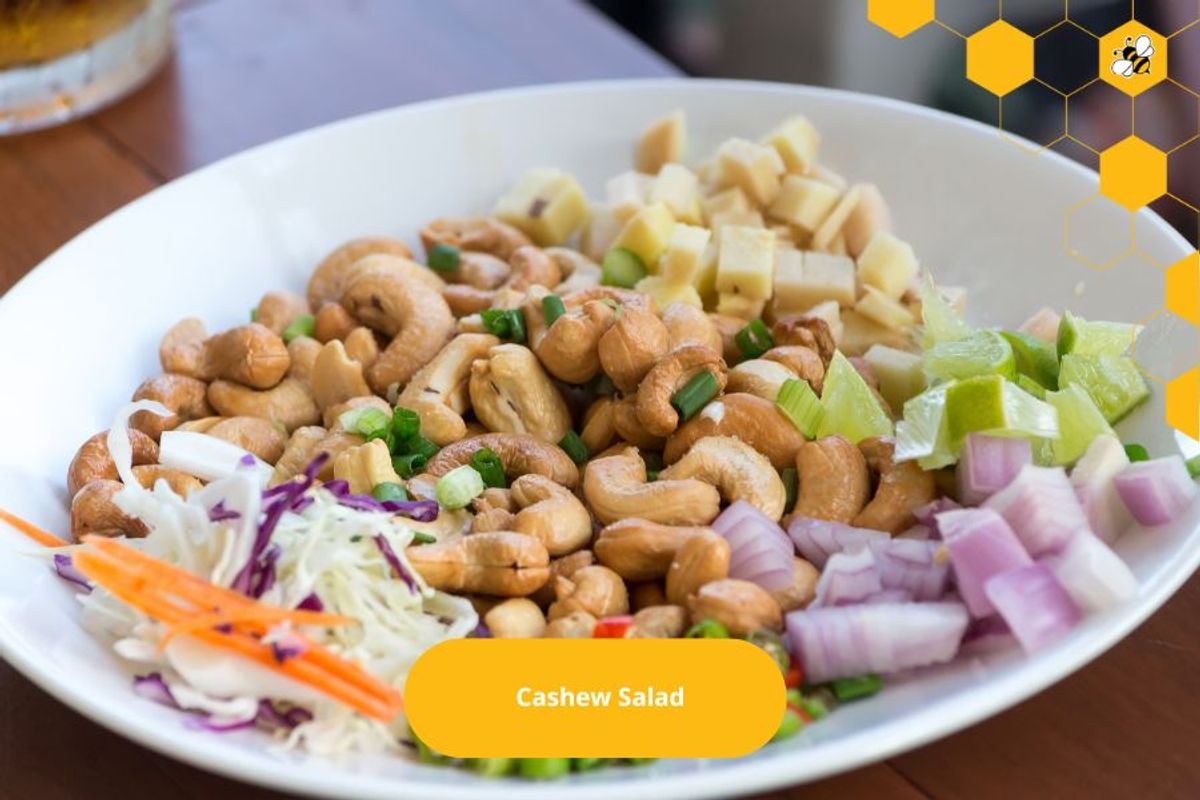
Remember to always maintain balance and variety in your diet to make the most of cashews and ensure your health!
Summary
Hopefully, the above information has helped you understand how many calories are in cashews and how to eat them to lose weight effectively. If you still have questions about the calories of other foods such as grilled rice paper, meatloaf, etc., you can follow our next articles.